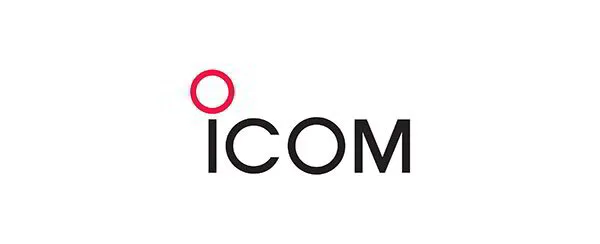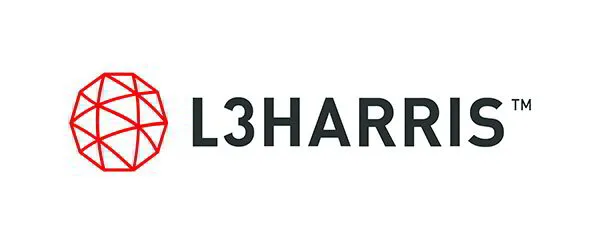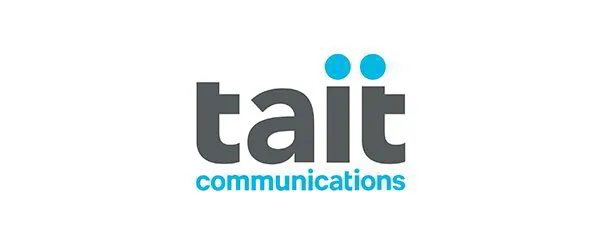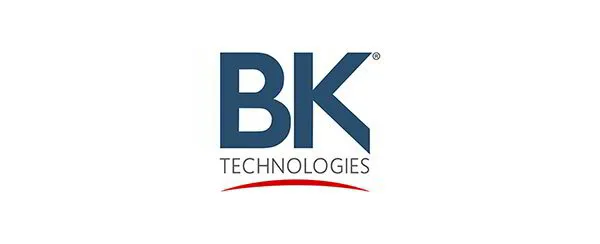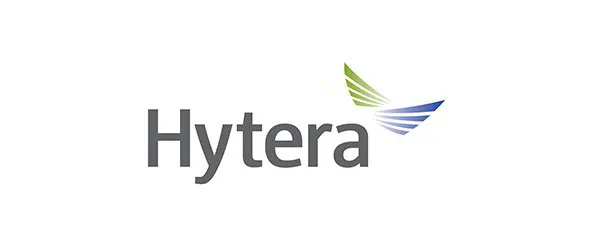
One of the Most Complete Communication Networks in the Northwest
White Cloud Communications Inc., an Idaho-based company with nearly 50 years of expertise, is headquartered in Twin Falls and operates satellite offices in Garden City, Burley, and Idaho Falls. We specialize in advanced two-way radio services, designing, developing, and delivering innovative solutions that boost productivity, enhance safety, and connect people in the toughest environments. Our mission is to provide seamless, reliable, and instant communication for businesses and communities across southern Idaho. With a focus on innovation, quality, and a customer-first mindset, we aim to be the trusted leader in wireless communication solutions.
Industries
Table of Contents
Understanding ERCES Code Inspections
In a recent high-rise fire in a major city, delayed emergency response due to poor radio signal penetration cost precious minutes, underscoring the vital need for robust in-building communication systems. Mandatory ercs code inspection processes ensure these systems function reliably during crises, preventing such tragedies in commercial and industrial buildings across Idaho and the Northwest.
ERCES, or Emergency Responder Radio Coverage Systems, amplify and distribute radio signals to eliminate dead zones, enabling first responders to communicate effectively inside structures. These systems address rising mandates in multi-story buildings and large facilities, driven by regulatory standards like NFPA 72 for fire alarm systems and UL 2524 for in-building radio enhancement. Key components include:
- Bi-Directional Amplifiers (BDAs) that boost signals bidirectionally between radios and external towers.
- Distributed Antenna Systems (DAS) that provide even coverage throughout the facility.
Integration with existing building infrastructure, such as HVAC ducts or structural elements, ensures seamless operation without major disruptions. However, over 50% of buildings fail initial signal tests, leading to failed fire inspections, hefty fines, and legal liabilities from emergency radio system compliance issues. Proactive emergency radio coverage testing and in-building signal enhancement inspections mitigate these risks, saving lives as expert insights confirm.
With 50 years of experience in two-way radio and wireless solutions, White Cloud Communications stands as a regional leader, offering certified inspections, ERRCS certification requirements guidance, and BDA system compliance standards tailored for Idaho facilities.
This guide explores ERCES fundamentals, from design and installation to maintenance and advanced strategies, equipping building owners with tools for full compliance and enhanced safety.
Basics of ERCES Systems and Inspections
Emergency Responder Radio Coverage Enhancement Systems (ERCES) ensure first responders maintain clear communication inside buildings where signals weaken. These systems address dead zones that could hinder emergency operations, much like building Wi-Fi extends internet access for users. Building owners in Idaho, such as those managing hospitals, must grasp these basics to meet safety mandates and avoid liabilities.
Core components form the backbone of ERCES. Bi-Directional Amplifiers (BDAs) boost incoming and outgoing radio signals, amplifying weak public safety frequencies for reliable transmission. Distributed Antenna Systems (DAS), often called an emergency response enhancement system, distribute these enhanced signals evenly across large spaces via strategically placed antennas. Initial site surveys identify coverage gaps by mapping signal strength, guiding precise installations. White Cloud Communications leverages its 70+ tower network in the Northwest to support robust ERCES, ensuring seamless integration for clients like Idaho healthcare facilities.
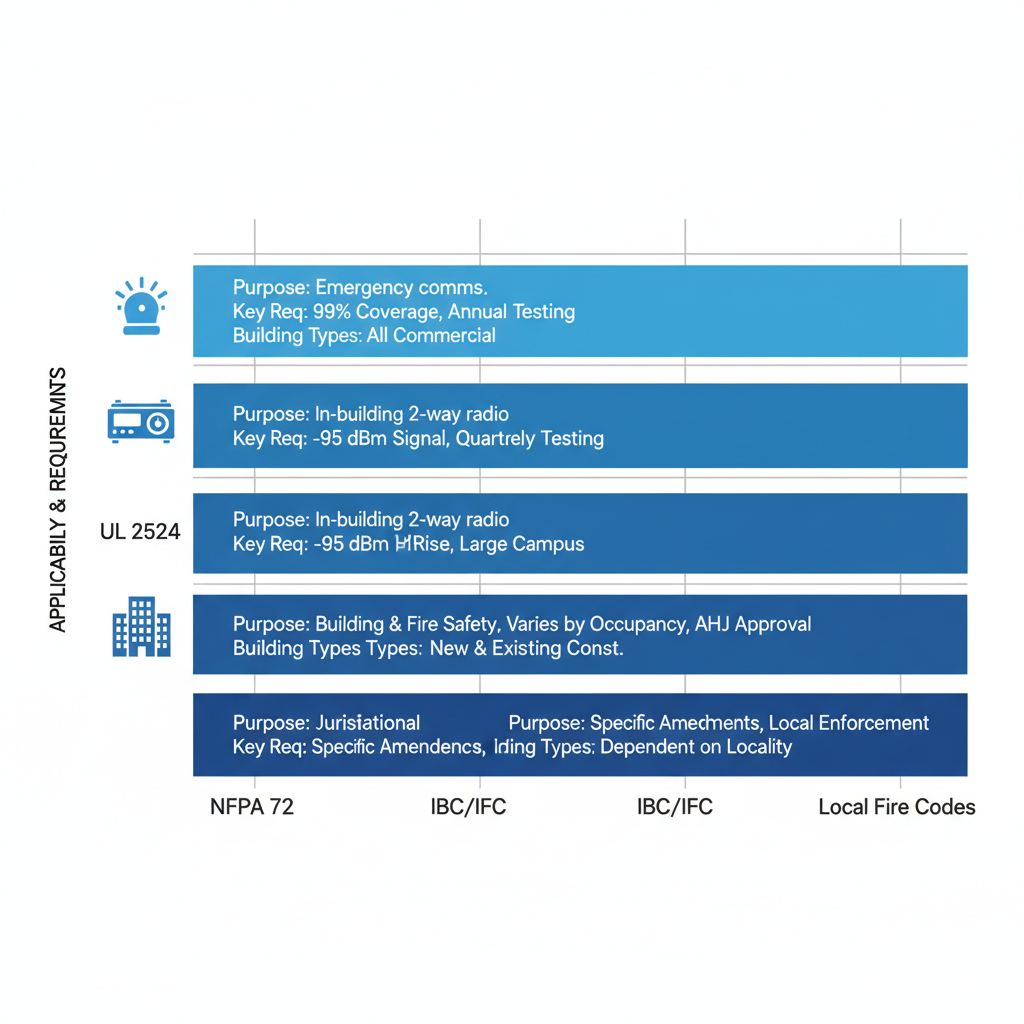
Comparison of key ERCES standards and compliance requirements
Understanding compliance starts with foundational standards that dictate ERCES design and performance. The ERRCS certification requirements under NFPA 72 demand 95% in-building coverage for public safety radios, preventing communication failures during crises. UL 2524 certifies equipment like amplifiers and antennas, verifying durability and signal integrity through rigorous testing. The International Building Code (IBC) and Fire Code (IFC) mandate ERCES in high-risk areas; for instance, IBC Section 510 requires systems where public safety signals drop below acceptable levels, subject to Authority Having Jurisdiction (AHJ) approval. In Idaho, local fire codes adapt these with state amendments, emphasizing BDA system compliance standards for annual verifications. These form the compliance foundation for safe buildings.
The following table provides an overview of key ERCES standards:
| Standard | Purpose | Key Requirements | Applicability |
|---|---|---|---|
| NFPA 72 | National Fire Alarm and Signaling Code; Establishes minimum signal strength for emergency communications | 95% coverage in buildings, annual testing | Commercial buildings over 3 stories or 50,000 sq ft; Wide |
| UL 2524 | Standard for ERCES Equipment | Outlines testing and listing for amplifiers and antennas; Performance verification, donor signal monitoring | All ERCES installations nationwide; Universal |
| IBC/IFC | International Building Code/Fire Code | Mandates ERCES in areas with poor public safety radio coverage; Site surveys, AHJ approval | High-rise, assembly, industrial occupancies; Regional variations by jurisdiction |
| Local Fire Codes (e.g., Idaho) | Enforces state-specific amendments | Annual inspections and documentation; Integration with permitting processes | Municipal and county levels; Localized |
Selecting standards depends on building type; for example, high-rises prioritize IBC/IFC, while all installations need UL 2524. Data from NFPA and UL guidelines informs White Cloud’s Idaho projects, achieving 100% compliance.
Basic inspections maintain ERCES reliability, focusing on ERCS Code Inspection protocols. Annual checklists include signal strength tests at 95% minimum across floors, donor signal monitoring, and battery backups verification. Technicians conduct site surveys post-installation and document results for AHJ submission. In Idaho, non-compliance fines exceed $10,000 per violation, underscoring the need for thorough checks. White Cloud offers ercs testing services with certified experts, handling documentation to support introductory ERCES compliance checks and basic emergency radio coverage standards. While these essentials safeguard operations, advanced protocols address complex implementations.
In-Depth ERCES Testing and Certification
Emergency Responder Radio Coverage Enhancement Systems (ERCES) require rigorous testing to ensure reliable in-building communication for first responders. This section explores the intricacies of initial certification and ongoing recertification, drawing on standards like NFPA 72 Chapter 24. White Cloud Communications, with its team of certified technicians, conducts over 100 such tests annually in Idaho, helping building owners navigate these processes effectively.
Testing Protocols for Initial Certification
Initial ERCES certification establishes the baseline performance of the system post-installation. This phase verifies compliance with ERRCS certification requirements, particularly the UL 2524 listing, which mandates at least 95% in-building coverage for emergency signals. Certified technicians from firms like White Cloud begin with a thorough site assessment, including donor site analysis to evaluate external signal strength from nearby towers or antennas.
The step-by-step erces testing procedures unfold as follows:
- Equipment Calibration: Technicians calibrate bi-directional amplifiers (BDAs) and antennas using spectrum analyzers to ensure accurate signal reception and transmission. This step confirms that all components meet UL 2524 performance criteria, such as minimum donor signal thresholds of -95 dBm.
- Signal Mapping: Detailed emergency signal testing involves deploying test transmitters to simulate radio frequencies used by public safety agencies. Technicians map coverage across all building areas, including basements, stairwells, and high-traffic zones, using grid-based measurements to identify dead spots.
- Coverage Verification: With portable receivers, teams conduct walk-through tests, logging signal levels at multiple points. Data collection focuses on achieving uniform propagation, accounting for building materials like concrete that attenuate signals.
- Integration Checks: For hybrid setups combining ERCES with BDA systems, technicians verify seamless interoperability, ensuring amplified signals do not introduce interference.
- Documentation and AHJ Submission: Final reports include design plans, test data visualizations, and ERCS Code Inspection summaries for approval by the Authority Having Jurisdiction (AHJ).
In a hypothetical hospital retrofit, these protocols ensure critical areas like operating rooms receive robust coverage, preventing communication failures during emergencies. This comprehensive approach aligns with certification audit procedures, reducing failure risks from the outset.
Understanding the differences between initial and recertification testing prevents costly surprises for building owners. Initial tests demand extensive resources due to their broad scope, often leading to higher upfront costs compared to routine recertifications.
| Aspect | Initial Certification | Recertification |
|---|---|---|
| Scope | Full system design, installation verification, comprehensive signal testing across all areas | Annual Inspections: Signal strength checks (95% coverage), basic functionality tests; Every 1-3 years per AHJ: Updated reports, minor adjustments |
| Frequency | Once post-installation | Annual and periodic (every 1-3 years per AHJ) |
| Documentation | Design plans, AHJ approvals, full test reports | Maintenance logs, change notifications |
| Focus Areas | Equipment listing (UL 2524), baseline performance metrics | Compliance verification post-modifications |
The table highlights how initial certification sets the foundation, while recertification maintains it with targeted checks. Initial phases incur higher costs–often 20-30% more–due to in-depth engineering, but regular recertification, as practiced by White Cloud, ensures sustained compliance without excessive expense.
Recertification Processes and Frequency
Recertification sustains ERCES reliability over time, differing from initial tests by focusing on verification rather than full redesign. Under NFPA 72 guidelines, annual inspections involve visual checks and basic functional tests, while full erces maintenance testing occurs every one to three years, depending on AHJ requirements and system modifications.
Annual recertification emphasizes quick assessments:
- Visual and Functional Review: Technicians inspect for physical damage, corrosion, or loose connections on BDAs and cabling. They test donor signal dependencies to confirm external sources remain viable, often re-evaluating tower alignments.
- Signal Strength Sampling: Using calibrated equipment, teams sample coverage in key areas, ensuring 95% threshold compliance without exhaustive mapping.
- Performance Logging: Basic tests verify amplification without distortion, documenting any degradation from environmental factors like weather impacting donor sites.
Periodic full recertification mirrors initial protocols but skips installation verification, concentrating on updated signal propagation analysis. For instance, post-renovation in a commercial building, technicians perform comprehensive coverage remapping to address new obstructions.
Documentation for AHJ submission includes maintenance logs and change notifications, streamlining approvals. White Cloud’s certified technicians use advanced tools for these certification audit procedures, integrating BDA compliance standards seamlessly. Industry data shows failure rates drop 40% with proper recertification, underscoring its value for long-term safety.
Common Testing Challenges and Solutions
ERCES testing often encounters hurdles like donor signal interference from nearby RF sources, which can skew measurements. Certified technicians resolve this by conducting spectrum analysis during off-peak hours and shielding equipment to isolate true emergency frequencies.
Another issue arises in complex structures, such as multi-story facilities with dense materials, leading to uneven propagation. Solutions involve targeted antenna placements and repeater adjustments, informed by detailed emergency signal testing.
Power supply fluctuations pose risks during initial certification; White Cloud mitigates this with backup generators and voltage stabilizers. In deep-dive assessments, teams address these proactively, ensuring UL 2524 adherence and smooth AHJ reviews.
Implementing ERCES Compliance in Your Building
Facility managers in Idaho face mounting pressure to ensure emergency responder radio coverage systems (ERCES) meet stringent safety codes, especially in large buildings where signal dead zones can jeopardize lives. Implementing ERCES compliance involves a structured process from initial assessment to final certification, minimizing operational disruptions while achieving reliable in-building communications. White Cloud Communications offers comprehensive support tailored to southern Idaho structures, drawing on local expertise to streamline deployment.
Site Surveys and System Design
Conducting thorough site surveys forms the foundation of successful ERCES implementation. Begin by mapping the building’s layout to identify potential signal weak spots, using tools like spectrum analyzers and signal strength meters to measure public safety radio frequencies. For Idaho buildings, consider unique factors such as mountainous terrain and rural tower distances, which often necessitate robust bi directional amplifier systems.
Design custom solutions integrating bi-directional amplifiers (BDAs) and distributed antenna systems (DAS) to enhance coverage. Focus on building-specific radio enhancement by evaluating floor plans, wall materials, and occupancy loads to tailor antenna placement. White Cloud’s engineers perform these surveys, incorporating ‘ ERCS Code Inspection‘ protocols to align with local AHJ requirements. This phase typically takes 1-2 weeks and prevents costly redesigns later.
Key survey techniques include:
- Deploying temporary test antennas for real-time signal testing.
- Documenting donor signal quality from exterior sources.
- Simulating emergency scenarios to validate practical ERCES deployment.
ERCS inspections often reveal that jurisdictions like those in Twin Falls require annual checks, emphasizing the AHJ’s role in approving designs per IBC and IFC codes. These standards dictate BDA system compliance standards, ensuring systems handle inbound and outbound signals without interference.
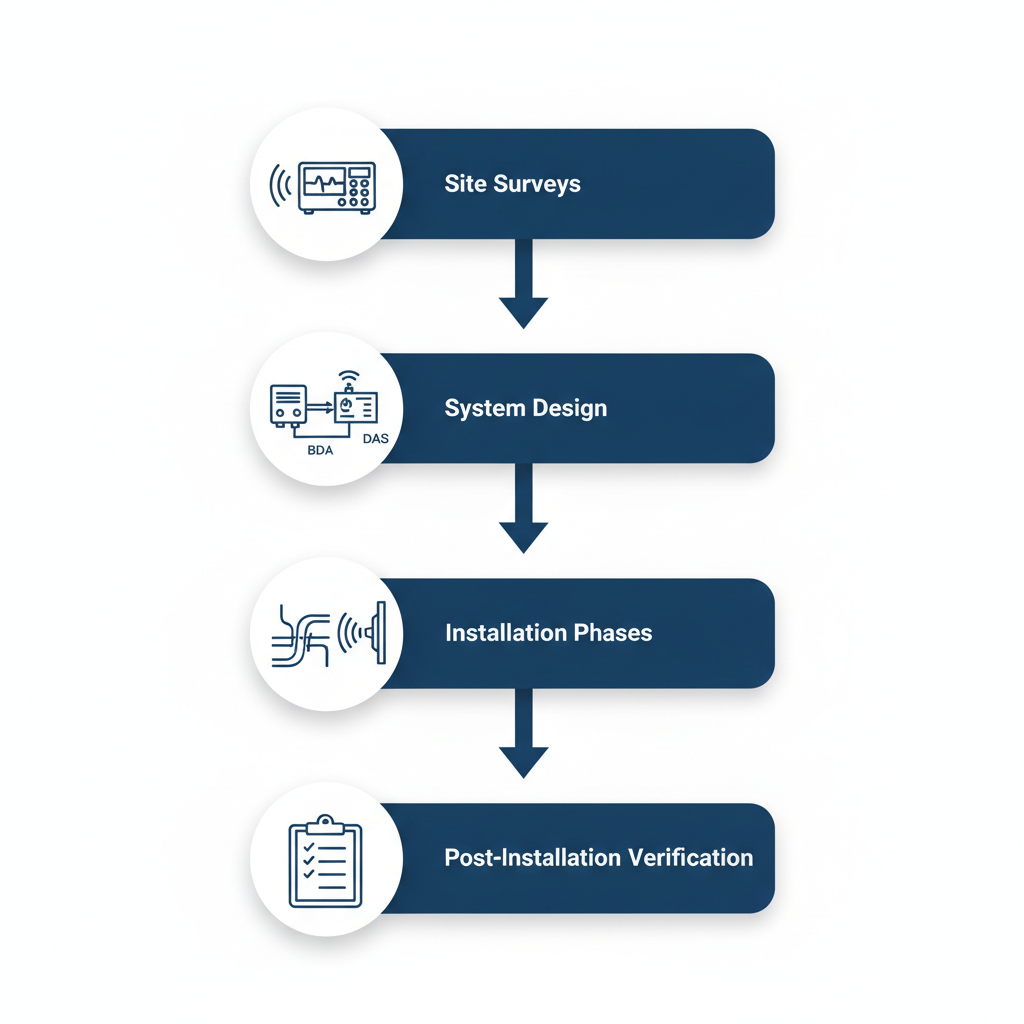
Step-by-step guide to implementing ERCES compliance in buildings
Selecting the right components is crucial for compliance and performance. The following table compares essential BDA elements to guide practical decisions:
| Component | Function | Compliance Standard | White Cloud Offering |
|---|---|---|---|
| Bi-Directional Amplifier | Boosts inbound/outbound signals | NFPA 72, UL 2524 | Kenwood/Icom certified units with auto-gain |
| Donor Antenna | Captures external signals | IBC/IFC for placement | Weatherproof, low-loss models for Idaho climates |
| Distributed Antennas | Distributes signals indoors | UL listed for fire resistance | Custom DAS networks covering 95%+ |
| Monitoring System | Alerts for failures | NFPA monitoring reqs | Integrated with White Cloud’s 24/7 support |
Sourced from manufacturer specs and NFPA guidelines, these components form the backbone of reliable systems. White Cloud’s integrated solutions, including pre-engineered designs, reduce installation time by 30%, offering cost savings for retrofits in existing structures.
Installation Best Practices
Once the design is approved, proceed with installation in phased sequences to maintain business continuity. Start with pre-wiring runs through conduits, followed by mounting equipment in accessible locations like mechanical rooms. Certified installers, qualified under UL 2524 standards, handle BDA integration to avoid signal degradation.
For Idaho facilities, prioritize weather-resistant materials and seismic bracing per local codes. The AHJ permitting process requires submitting design drawings and often a pre-installation review; White Cloud manages this, coordinating with authorities to expedite approvals. Phased retrofits for older buildings allow partial shutdowns, typically completing the full process in 4-6 weeks.
Key installation steps include:
- Secure donor antennas on the roof for optimal external capture.
- Install distributed antennas in critical areas like stairwells and basements.
- Integrate monitoring panels for real-time status alerts.
During mounting procedures, focus on bda system installation techniques that ensure clean routing and minimal interference. White Cloud’s end-to-end services include 24/7 support post-install, addressing common pitfalls like improper grounding highlighted in owner guides. This approach not only meets BDA system compliance standards but also enhances overall system reliability, answering queries on how IBC and IFC codes impact deployments.
Cost-saving tips: Opt for modular components to facilitate future upgrades, reducing long-term expenses by up to 20%.
Post-Installation Verification
After installation, conduct handover testing to confirm ERCES functionality before AHJ inspection. Use calibrated test equipment to verify signal strength across all zones, targeting 95% coverage for public safety bands. White Cloud’s technicians perform these checks, generating reports that document compliance with ERRCS certification requirements.
Essential verification checklist:
- Test inbound/outbound communications in high-risk areas.
- Confirm automatic gain control and alarm functions.
- Simulate failures to validate monitoring alerts.
Initial certification involves a walkthrough with the AHJ, ensuring all documentation is complete for ongoing compliance. This step, often completed in 1 week, confirms the system meets NFPA 72 standards and prepares for annual ‘ERCS Code Inspection’ cycles required in many jurisdictions.
Advanced Topics in ERCES and BDA Systems
For complex facilities in Idaho, advanced ERCES and BDA systems demand nuanced approaches beyond basic installations. Regional code variations significantly influence design and compliance, particularly when aligning national standards with local enforcements. This ensures reliable emergency communications in high-stakes environments like hospitals and industrial sites.
Code variations often stem from Idaho’s unique geography and safety priorities. The ERCS Code Inspection process highlights these differences, where national guidelines provide a baseline but local codes impose stricter measures. For instance, understanding ERRCS certification requirements varies by jurisdiction, affecting coverage and testing protocols.
The following table outlines key differences between NFPA 72 national standards and Idaho local codes, such as those from the Idaho Falls/Pocatello ordinances (IF/PO), to aid advanced planning:
| Aspect | NFPA 72 National | Idaho Local Codes (e.g., IF/PO) |
|---|---|---|
| Coverage Threshold | 95% minimum in all areas | 98% in high-hazard zones per state fire marshal; stricter for hospitals/schools |
| Testing Frequency | Annual visual/functional | Bi-annual full tests for public safety buildings; enhanced monitoring |
| BDA Uplink/Downlink Gain | Equal gain limits | Adjusted for microwave interference in rural Idaho; site-specific allowances |
| AHJ Approval Process | Standard submission | Pre-approval consultations required; local coordinator involvement |
These variations impact project timelines and costs, with Idaho’s emphasis on high-hazard zones preventing signal failures in critical areas. White Cloud Communications navigates these for a 100% approval rate, drawing from state fire codes to avoid 25% of common compliance pitfalls.
Optimization techniques elevate BDA performance in multi-tenant buildings. Advanced signal modeling predicts coverage gaps, incorporating BDA system compliance standards to prevent oscillation during troubleshooting. For example, in the Idaho Falls hospital case, engineers used signal amplifier installation to balance uplink and downlink gains amid microwave interference from nearby utilities.
- Implement narrowband compliance transitions for P25/LMR integration, reducing latency by 30%.
- Deploy sophisticated radio coverage optimization via donor antennas on White Cloud’s 70+ microwave-linked towers.
- Apply enhanced BDA configurations with automatic gain control to mitigate feedback in dense structures.
These strategies ensure robust BDA system compliance standards while addressing user queries on testing frequencies.
Looking ahead, future integrations focus on emerging technologies for Idaho’s mining and utility sectors, where interference is rampant. Future-proofing with IP67-rated equipment withstands harsh conditions, integrating ERCES with IoT sensors for real-time monitoring. White Cloud’s systems support NFPA 72 mandatory compliance with local nuances, as seen in utility plants achieving 99% uptime. Building owners should prioritize pre-approval consultations to streamline enforcement, positioning facilities for scalable, interference-resistant communications that answer advanced queries on code enforcement and system longevity.
Frequently Asked Questions on ERCES Inspections
How often is ERRCS recertification needed?
ERRCS certification requirements typically mandate annual testing to ensure reliable in-building coverage for emergency responders. In Idaho, local codes may require more frequent ERCS Code Inspection if signal degradation occurs, preventing compliance issues.
What are the BDA system compliance codes in the US?
BDA system compliance standards follow NFPA 1221 and UL 2524, focusing on signal amplification for first responders. These codes ensure bi-directional amplifiers meet minimum dB gain and donor site verification across jurisdictions.
Is NFPA compliance mandatory for BDA installations?
Yes, NFPA compliance is mandatory for BDA installations in most US buildings to guarantee public safety during emergencies. It covers design, testing, and integration with two-way radios, with non-compliance risking fines or failed inspections.
What is the role of the AHJ in BDA system approval?
The Authority Having Jurisdiction (AHJ) oversees BDA system approval, varying by Idaho locality for tailored enforcement. For expert guidance on compliance, consult bda system specialists at White Cloud. Contact us at 208-733-5470 for a consultation.
Ensuring Ongoing ERCES Compliance
Maintaining compliance with ERCES standards ensures sustained emergency radio reliability in critical buildings. Regular ERCS Code Inspection aligns with NFPA 72 and UL 2524 essentials, preventing signal failures that pose ongoing risks, as noted in code requirements for public safety. Annual testing identifies issues early, upholding ERRCS certification requirements and enhancing responder safety.
White Cloud leverages regional expertise to support seamless ERCES maintenance across southern Idaho. For Idaho Falls facilities, our ERCS Code Inspection Idaho Falls services ensure tailored compliance. Similarly, Pocatello buildings benefit from dedicated ERCS Code Inspection Pocatello to meet local standards.
With these insights, partner with White Cloud for proactive ERCES compliance and safer environments–contact us today at 208-733-5470.
Resources
ERCS Code Inspection Idaho Falls ERCS Code Inspection Pocatello
We are certified dealers of the following brands:

